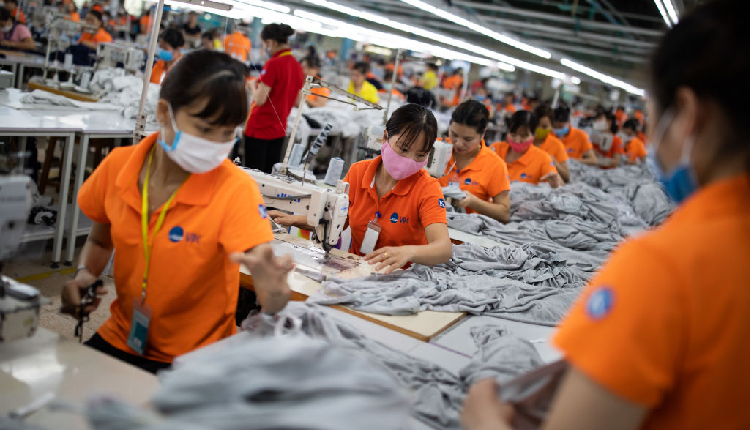Asia’s factory activity grew in June due to strong global demand and improved semiconductor production outlook. This is positive news for policymakers hoping the region can withstand the impact of weak Chinese demand.
However, rising input costs are putting pressure on manufacturers in some countries, particularly Japan, where the weak yen is inflating import prices for fuel and raw materials.
China’s Caixin/S&P Global manufacturing PMI increased to 51.8 in June, surpassing expectations and marking the fastest expansion in over three years. The index remains above the 50.0 threshold, indicating growth in the sector.
This data appears to contradict the official PMI data released on Sunday, which showed a second consecutive month of decline in China’s manufacturing activity and a five-month low for services activity.
The discrepancy suggests that Chinese firms are ramping up production despite weak domestic demand, a trend that Beijing’s recent property sector rescue package has yet to reverse.
Elsewhere in Asia, the picture is brighter. South Korea reported the strongest growth in 26 months, fuelled by a surge in new orders. Vietnam and Taiwan also enjoyed faster factory expansion compared to May.
Japan’s manufacturing sector, however, experienced a slowdown in June due to rising import costs caused by the weak yen. Despite this, the industry remained in expansion territory with a PMI of 50.0.
While, India’s manufacturing sector also rebounded in June, with output rising on strong demand. This positive momentum led to the fastest rate of hiring in over 19 years, according to a survey.
The International Monetary Fund (IMF) anticipates a soft landing for Asia’s economies, as moderating inflation allows central banks to ease monetary policies and support growth.
The IMF forecasts regional growth to slow from five per cent in 2023 to 4.5 per cent in 2024 and 4.3 per cent in 2025.
Attribution: Reuters



